Thanks for the comment Colin. I had a try at Jupiter a couple of nights ago, but atmospheric conditions were extremely poor; Jupiter was dancing in the viewfinder, so nothing worth showing off from that session. It did take a 1s exposure at f/5.6 and ISO 100 to bring three of Jupiter's moons out with 300PF+TC-14E; the 4th one might have been hidden behind. So instead here is a rerun from the old forum, captured with 105mm f/2.5 at f/4. The challenge is of course to capture both the face of our moon and Jupiter's moons in the same single exposure

#1
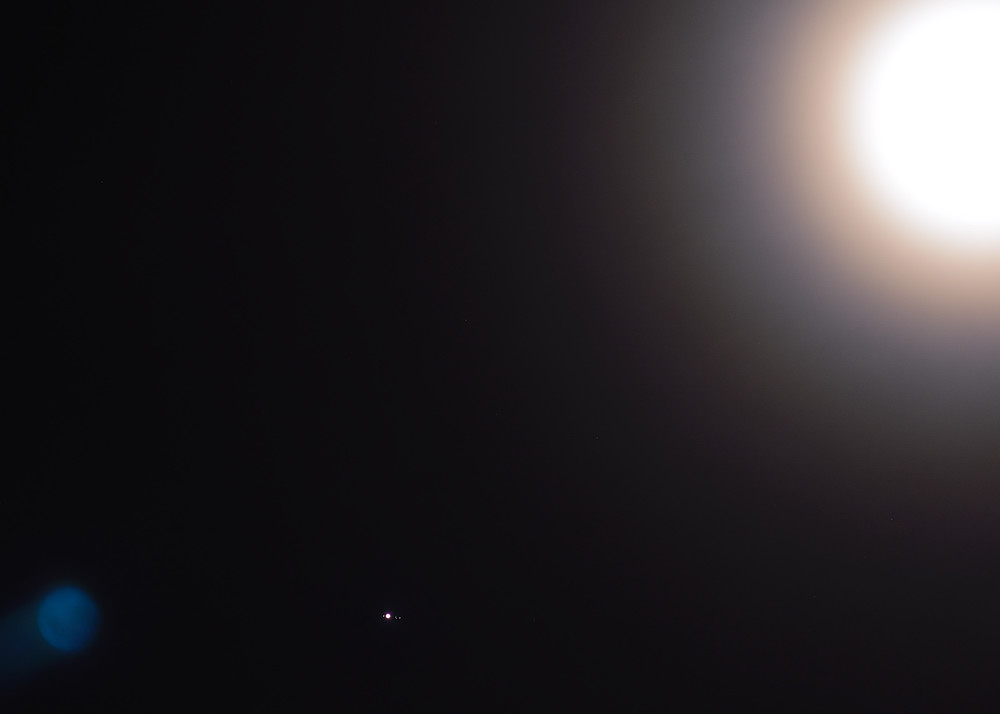
NIKON D5100, f/4 @ 105 mm, 1s, ISO 125
A crop of the same; yes five moons in one shot with the 105/2.5 !
#2
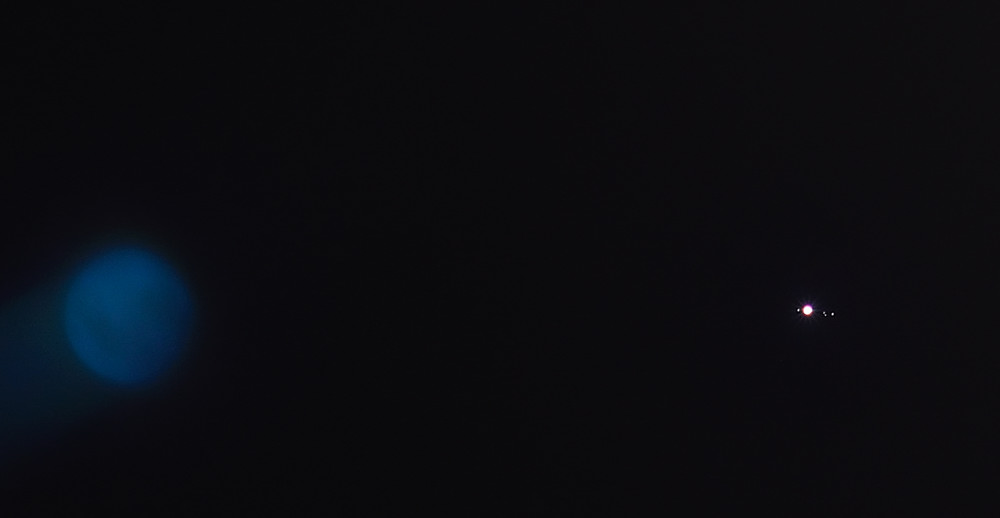
And an even closer detail from a strong crop:
#3
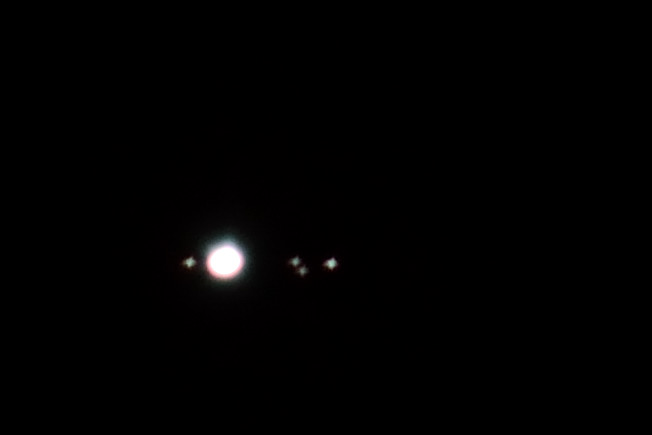
A different position of the same four Jupiter moons in a more recent exposure with AF 300/4 and TC-301 on AW1:
#4

NIKON 1 AW1, 600 mm 1/6 s, ISO 1600, probably at effective f/8 or f/11.
In both of these, Jupiter is heavily blown and appears larger than it's actual size.
The face of Jupiter usually requires a different level of exposure; atmospheric CA is a bit troublesome here:
#5
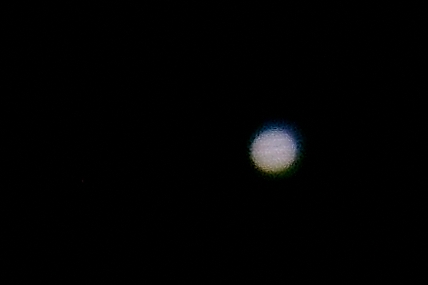
NIKON 1 AW1, 600 mm, 1/40 s, ISO 200, probably at effective f/8 or f/11.
A better view through a large telescope, using 55mm f/3.5 Micro-Nikkor on the eye-piece (same astronomy party as the previous moon details up in this thread). I believe one of Jupiter's moons got caught in the upper left corner (enhanced with a control point in CNX2):
#6
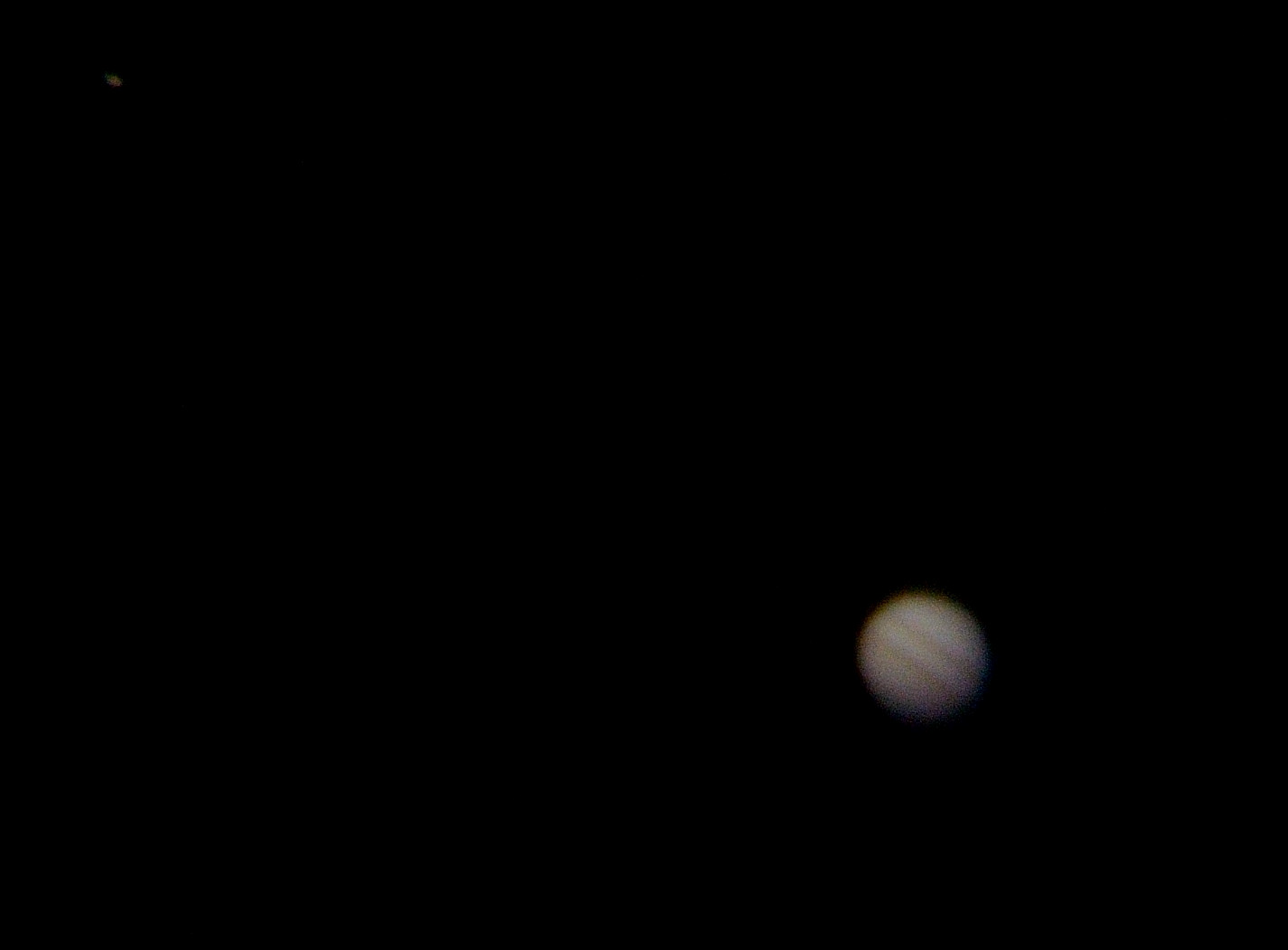
NIKON D5100, f/5.6 on 55mm micro, 1/10s, ISO 800